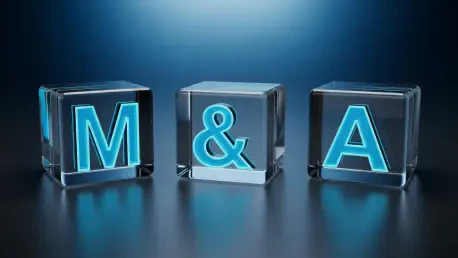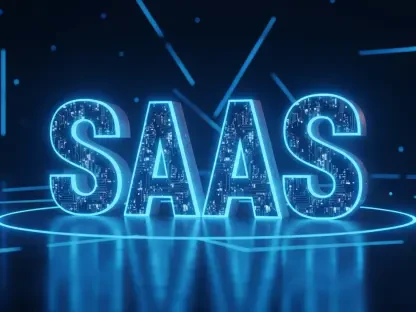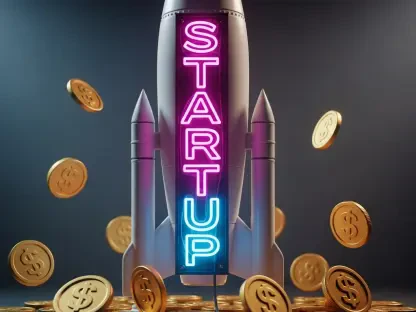Stalled growth did not have to mean a dead end for venture-backed software, because a new class of buyers armed with permanent capital started treating overlooked assets as compounding machines rather than fixer-uppers to flip. The shift came into focus as operational experts targeted “venture zombies”—products with durable users and revenue but misfit expectations—reshaping incentives around cash generation instead of breakneck expansion. The pitch sounded simple: buy at disciplined prices, reset costs and pricing, centralize go-to-market and back office, and hold indefinitely while recycling profits into more acquisitions. Yet under the surface it reflected a structural change in software demand. AI-native competitors reset the bar for usability and productivity, procurement grew stricter on ROI, and the marginal dollar of growth became harder to justify. In that gap, patient owners found opportunity that traditional VC and PE often overlooked.
The Hold-Forever Turn In Software M&A
Bending Spoons put the model on the map for mainstream tech names, stitching together a portfolio that spanned Evernote, Meetup, Vimeo, and most recently AOL, then securing $270 million at an $11 billion valuation. The playbook felt familiar to private equity—aggressive cost discipline, sharp pricing, and shared services across brands—but the mandate differed: no forced exit clock, just long compounding. That stance altered what counted as success. Stable products with loyal niches could be tuned for 20%–30% margins and left to throw off cash, even if headline growth slowed. In a market unsettled by AI-era expectations, the company-level calculus moved away from “next round or bust” toward “unit economics, or else.” The outcome was a portfolio where small improvements in churn, upsell, and overhead reduction stacked into durable returns.
The change also formalized a buyer of last resort for aging venture cap tables. Traditional funds prioritized growth and fund-scale outcomes, but as portfolios matured, boards hesitated to pivot to profitability if it jeopardized optics or conflicted with liquidation preferences. Hold-forever acquirers loosened that knot by offering liquidity at rational multiples—often far below the 4x-plus attached to healthy SaaS—and by resetting incentives around cash. The approach echoed Constellation Software’s long-standing method, while newer entrants such as Tiny, SaaS.group, Arising Ventures, and Calm Capital professionalized the category for sub-scale B2B tools. The immediate beneficiaries were founders and teams caught between flat revenue and investor fatigue. The broader effect was to normalize steady-state operations as a respectable endpoint, not a failure.
Inside The Operating Model And What Comes Next
Andrew Dumont’s Curious illustrated the blueprint in the $1–$5 million ARR band where few PE firms hunt. Backed with $16 million, Curious screened roughly 500 targets, closed five—including UserVoice—and set a pace aimed at 50–75 deals over a multi-year horizon. Prices could land near 1x revenue when growth decelerated, especially if churn was manageable and COGS clean. After acquisition, the center absorbed sales, marketing, finance, and admin to lower blended CAC and raise pricing discipline; product roadmaps narrowed to customer-visible value, not vanity features. The goal was to get margins to 20%–30% quickly, then use operating cash to fund the next buy. It was unglamorous, labor-heavy work that rewarded process rigor, but it also created a flywheel that compounded quietly while rivals chased breakout rounds.
The strategy’s staying power depended on careful underwriting and restraint, and the next steps for operators, founders, and investors had been clear. Buyers leaned on cohort-level retention, pricing power, and integration readiness rather than top-line heroics; they treated debt costs, support intensity, and migration risk as gating factors; and they planned for AI refresh cycles inside each product. Founders facing flat growth weighed this route against prolonged bridge rounds and chose liquidity plus career reset when economics fit. VCs retooled sidecars and continuation vehicles to transact without fire-sale optics, and CFOs set KPIs around gross margin integrity and payback windows to widen the buyer pool. The market for venture “orphans” did not feel crowded because integration remained hard, but disciplined operators had shown a path where cash flow first, held for the long term, produced durable outcomes.









